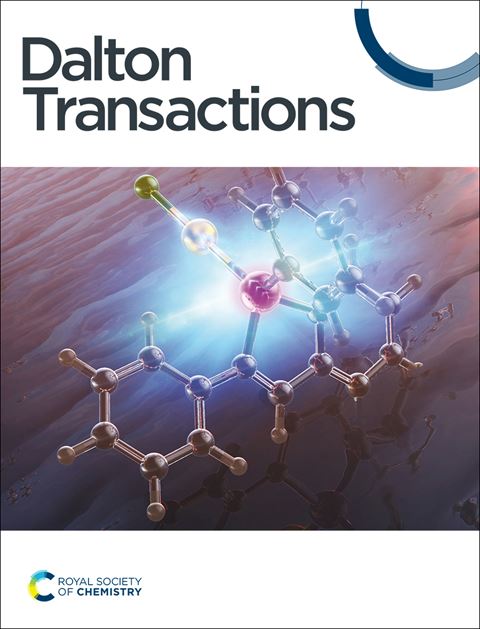Zeolitic imidazolate framework-67-derived chalcogenides as electrode materials for supercapacitors.
IF 3.5
3区 化学
Q2 CHEMISTRY, INORGANIC & NUCLEAR
引用次数: 0
Abstract
With the rapid development of new energy technologies, hybrid supercapacitors have received widespread attention owing to their advantages of high power density, fast charging/discharging rate and long cycle life. In this case, the selection and design of electrode materials are the key to improving the energy storage performance of supercapacitors. Herein, zeolitic imidazolate framework-67 (ZIF-67) is presented as a good candidate material for the fabrication of supercapacitor electrodes because of its controllable pore size, constant cavity size and large specific area. Moreover, pristine ZIF-67 and ZIF-67-derived porous carbon have shown exemplary performances in supercapacitors. However, they belong to the class of electric double layer capacitor materials and have a lower magnitude of energy storage compared with pseudocapacitor materials. Therefore, to improve the energy density of hybrid supercapacitors, other ZIF-67 derivatives need to be explored, especially chalcogenides. This review mainly reports the application of ZIF-67-derived transition metal chalcogenides (TMCs, C including Oxide, Sulfide, Selenide, Telluride) in supercapacitors. Moreover, the strategies for the preparation of ZIF-67-derived TMCs and their electrochemical performance in supercapacitors are further discussed. Finally, the remaining challenges and future perspectives are highlighted.沸石咪唑酸框架-67衍生硫属化合物作为超级电容器电极材料。
随着新能源技术的飞速发展,混合超级电容器以其功率密度高、充放电速度快、循环寿命长等优点受到了广泛的关注。在这种情况下,电极材料的选择和设计是提高超级电容器储能性能的关键。分子筛咪唑酸框架-67 (ZIF-67)具有孔径可控、空腔尺寸恒定、比表面积大等优点,是制备超级电容器电极的理想材料。此外,原始的ZIF-67和衍生的ZIF-67多孔碳在超级电容器中表现出典型的性能。然而,它们属于电双层电容器材料的范畴,与伪电容器材料相比,具有较低的储能幅度。因此,为了提高混合超级电容器的能量密度,需要探索其他的ZIF-67衍生物,特别是硫族化合物。本文主要综述了zif -67衍生过渡金属硫族化合物(TMCs, C包括氧化物、硫化物、硒化物、碲化物)在超级电容器中的应用。进一步讨论了zif -67衍生tmc的制备策略及其在超级电容器中的电化学性能。最后,强调了仍存在的挑战和未来的展望。
本文章由计算机程序翻译,如有差异,请以英文原文为准。
求助全文
约1分钟内获得全文
求助全文
来源期刊

Dalton Transactions
化学-无机化学与核化学
CiteScore
6.60
自引率
7.50%
发文量
1832
审稿时长
1.5 months
期刊介绍:
Dalton Transactions is a journal for all areas of inorganic chemistry, which encompasses the organometallic, bioinorganic and materials chemistry of the elements, with applications including synthesis, catalysis, energy conversion/storage, electrical devices and medicine. Dalton Transactions welcomes high-quality, original submissions in all of these areas and more, where the advancement of knowledge in inorganic chemistry is significant.
 求助内容:
求助内容: 应助结果提醒方式:
应助结果提醒方式:


